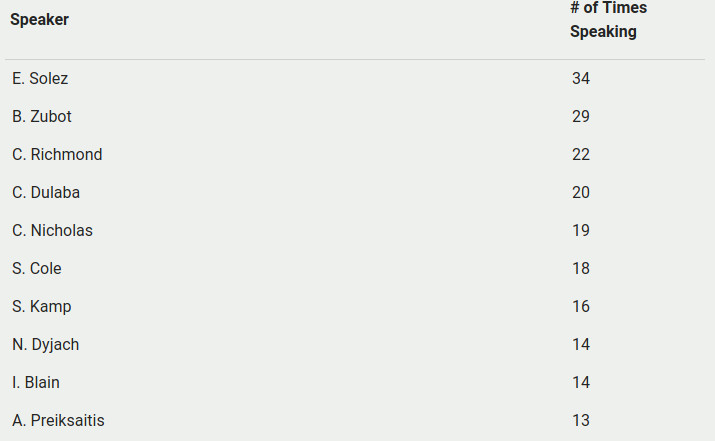What is a Community League?
That's a question I often get from people outside of Edmonton when I talk about them. It can be hard to imagine for people who have lived here all their life, but Community Leagues are a pretty uniquely "Edmonton" construct. Since Crestwood was founded in 1917, we've developed a quite expansive and formal League system of 157 leagues, plus the EFCL and district and area councils.
It's easy for the city to leverage that inbuilt network of community activists and participants and offload public consultation work to community leagues, or ask leagues for input and call that consultation.
But that's not the role of community leagues.
Community Leagues at their root are voluntary organizations of community members who want to put on events, encourage recreation and amateur sport, and maintain facilities for community use.
They are not another order of government.
Despite the near universal permeation of Community Leagues on a neighbourhood level, membership in Community Leagues is quite low. Across the city, it is under ten percent. In Hazeldean, we only sold 122 memberships this year, compared to a population of 3272 according to the 2016 census.
Granted many of those memberships are "family" memberships, so computing a percentage is rather tough. But certainly Hazeldean is well under that ten percent threshold.
But, we give these organizations a lot of weight.

The ten people who spoke to council the most during this term
The top two individuals who spoke to council this year are E. Solez and B. Zubot - both representatives of the EFCL. They dwarf the competition in terms of time spent speaking to council.
The EFCL, I'll remind you, takes a strong and hard position against density and any change - especially in regard to the Mature Neighbourhood Overlay. The conservative stances taken by the EFCL are justified by the strength of their membership and the consultation they perform with leagues. Fundamentally, the EFCL pushes back against many of our infill and density strategies all in pursuit of "community character" which they espouse is critically important to their membership.
But that consultation is smoke and mirrors all the way down. I've seen firsthand the trivial number of responses and true engagement that's happening behind the scenes here.
Then there's the city itself. Consider Speed Reduction Policy C566 which explicitly enfranchises Community Leagues to request reduced speed limits. Official city policy delegates consultation on community safety initiatives to volunteer organizations, most of whom are barely elected. If you've ever been to a Community League AGM you know the number of positions that are acclaimed.
Certainly, some community leagues advocate very effectively for their community's interests, and have a set of interested and civically minded people on the board.
But there's no guarantee of that. And there's no accountability to ensure those civics directors are doing a great job or practicing the best public engagement principles.
Nor should they be. Because that's the job of City staff.
Community Leagues are not a fourth order of government. We've grown comfortable with treating them as such, offloading difficult consultation that the city doesn't want to perform - only to ignore that very same input that the city officially delegated to the organizations ill-equipped to complete it.
It's time to do better.
Troy Pavlek ran as an unelectable fringe candidate in the 2017 Edmonton municipal election
Keep up-to-date with the latest information by signing up to the mailing list.
It shouldn't need to be said, but Troy will hold city administration accountable for actually doing their job
He's also on Facebook and Twitter, and will log on whenever duty calls.